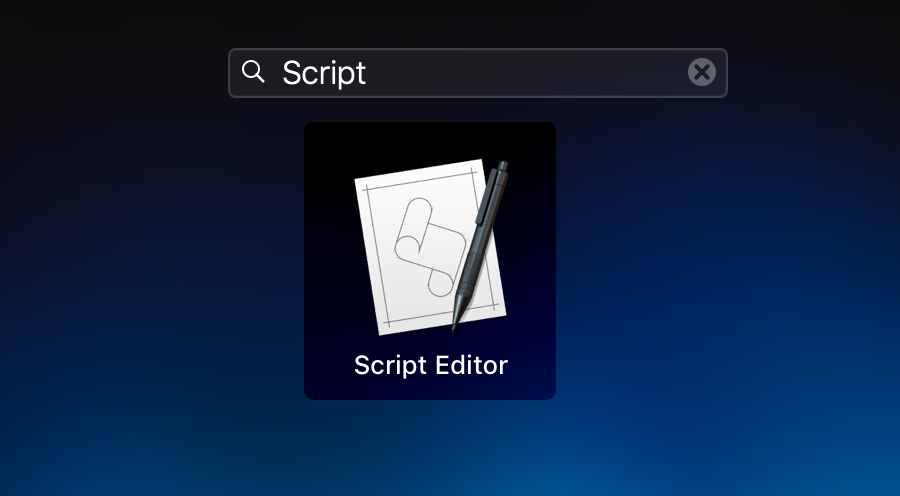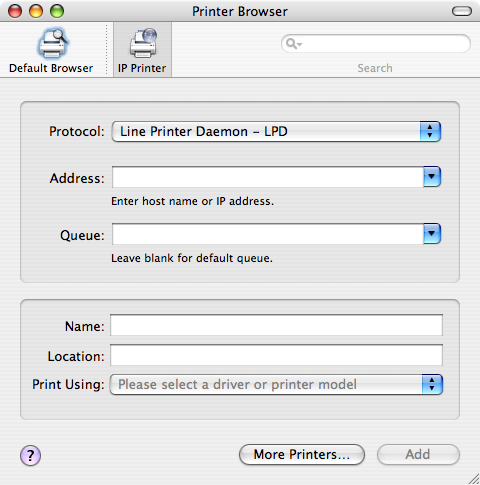

Dialog maker applescript mac os#
Anyone interested in learning more about AppleScript can find a significant amount of information, syntax, commands, and helpful guides in the ‘Script Editor’ application bundled with MacOS and Mac OS X. We have covered numerous short AppleScripts using the osascript command before, including gracefully quitting applications in Mac OS from the command line, setting Mac wallpaper from the command line, ejecting all mounted volumes, muting or changing system volume, and more. Osascript -e 'tell app "Finder" to make new Finder window' Osascript -e 'display dialog "Hello from " with title "Hello"' scpt file, you can simply use the -e flag and then the necessary single and double quotes to properly quote and escape the script.
Dialog maker applescript pro#
To run a specific AppleScript script or statement without having it saved as a. See figure 2 for an example of a FileMaker Pro script that will display a custom dialog message, using values from various fields in the database. Running AppleScript Script Statements Directly from the Terminal scpt file can be launched simply by pointing the osascript command at the proper path, whether it was created in Script Editor of AppleScript or from a plain text file does not matter as long as the syntax is correct. Figure 23-1A dialog prompting for text input. When the dialog dismisses, any text from the field is returned in a text returned property of the display dialog command’s result. Providing an empty string ('') produces an empty text field.

Osascript /example/path/to/AppleScript.scptįor example, if you saved this script to automatically connect to a VPN as a script file rather than an application, you could point the osascript command directly at the file to execute it. Any string you provide for the parameter appears in the text field when the dialog displays. Like all computer languages there is a learning curve, so basic features will be focused on here. To run an AppleScript script file from the Terminal in Mac OS, simply point the osascript to the. Applescript Editor is a default app on OS X, located in the Utilities folder in Finder, and is something that can come in very useful. To do that you need to expand your AppleScript program a little, like this: set theName to the text returned of (display dialog 'What is your name' default answer '') This displays the same dialog, but also gets the response from the user, and stores it in the variable named 'theName'. It is often used to emphasize a customized message or warning dialog during data entry. Running AppleScript Script Files from the Command Line What you're after is known as a save panel with an accessory view.The osascript command will execute any OSA script, we’re focusing on AppleScript here but you can actually use osascript to execute Javascript as well if you use the -l flag to adjust the language. Of course prompting a user to enter some information isn't very useful unless you can get the information they entered.
Dialog maker applescript code#
Mark said AppleScript Studio, but I suspect he means AppleScriptObjC - Studio was deprecated in OS X 10.6. Running this AppleScript dialog code results in the following dialog: Getting user input in an AppleScript textfield dialog.


 0 kommentar(er)
0 kommentar(er)
